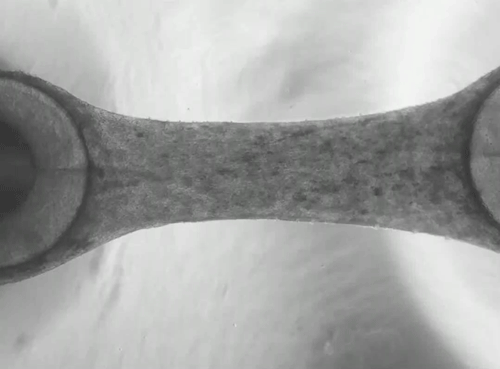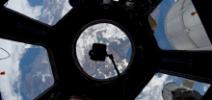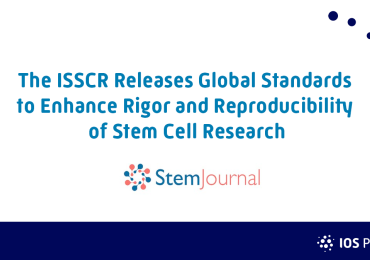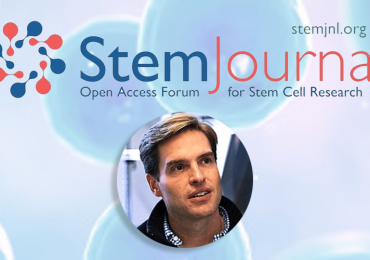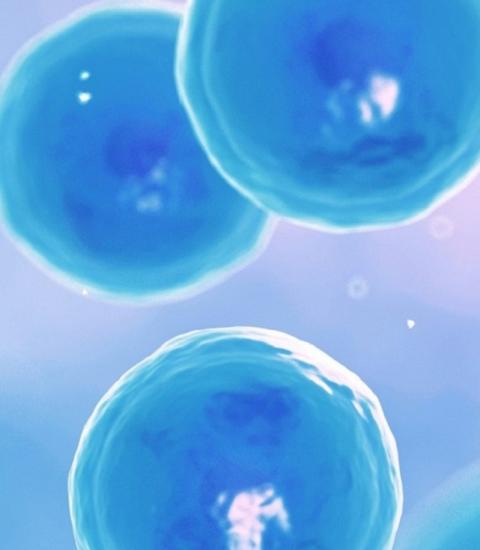
[Posted by: Carmel McNamara, IOS Press]
Amsterdam, NL – We are pleased to provide profiles of the people behind our open access StemJournal. Here, we introduce Associate Editor Joseph C. Wu, whose latest cardiovascular research will be heading into space very soon.

StemJournal Associate Editor Joseph C. Wu, MD, PhD is Director of the Stanford Cardiovascular Institute and Professor of Medicine and Radiology at Stanford University School of Medicine, CA, USA. Dr. Wu received his medical degree from Yale. He completed his medicine internship, residency, and cardiology fellowship (STAR program) at UCLA. He obtained his PhD in the Department of Molecular & Medical Pharmacology with Dr. Sam Sanjiv Gambhir. His clinical interests include adult congenital heart disease and cardiovascular imaging.
Research in the Joseph Wu Lab focuses on biological mechanisms of patient-specific and disease-specific induced pluripotent stem cells (iPSCs). The main goals are to: (i) understand cardiovascular disease mechanism; (ii) accelerate drug discovery; (iii) develop “clinical trial in a dish” concept; and (iv) implement precision medicine for prevention and treatment of cardiovascular patients. The lab research uses a combination of genomics, stem cells, cellular and molecular biology, physiological testing, and molecular imaging technologies to better understand molecular and pathological processes.
Dr. Wu comments about his research: “In my group at the Stanford Cardiovascular Institute, we are interested in understanding the effects of microgravity on cardiovascular health and develop drug-based strategies for cardioprotection. Adaptation to microgravity environment long-term may affect stable cellular function in multiple cell types of the heart. A deeper understanding of microgravity-induced effects could lead to discoveries that help improve life on earth and derive measures to counteract any adverse impact on the cardiovascular health.”
Cardiovascular stem cells in space
Dr. Wu was in charge of the first-ever use of human iPSCs at microgravity to study the effects of spaceflight on human heart function. Read all about the previous space science mission here. The researchers in Dr. Wu’s lab are now preparing for their next mission. He explains the new focus: “Building on our knowledge from the first microgravity investigation, where we tested the effects of microgravity on human iPSC-derived cardiomyocytes (CMs), we are currently working toward launching on 3D-engineered heart tissue (EHT) platform on a planned SpaceX mission to the International Space Station.” The project “Cardinal Heart” will study the effect of microgravity on drug responses using EHTs. View the project description on the NASA website here.
Launch of project: Cardinal Heart
The EHTs are composed of iPSC-CMs, iPSC-derived endothelial cells (iPSC-ECs), and iPSC-derived cardiac fibroblasts (iPSC-CFs). The aim is to understand the effects of microgravity on a multicellular level across several EHTs derived from iPSCs from multiple individuals. The EHTs exposed to microgravity will then be tested using clinically approved cardioprotective drugs to help restore any change in function. Microgravity effects and functional restoration in this physiologically relevant EHT model will probed at a high resolution with the help of spatial transcriptomics and proteomics, to reveal molecular crosstalk between all three major cell types.
Dr. Wu comments: “We are grateful to our collaborators at BioServe Space Technologies, Colorado University and University of California Santa Barbara, and for funding from the NIH National Center for Advancing Translational Sciences (NIH-NCATS) and CASIS under the ‘Tissue Chips 2.0’ program.”
Visual of 3D-engineered heart tissue beats within a tissue chip. Engineered heart tissues will be used in the Cardinal Heart investigation to model pathological processes involved in heart failure. What researchers learn may contribute to discovery of novel therapeutic targets for clinical application (image credit: Stanford/BioServe).
The launch of this next mission is due to take place on Saturday 5 December; full details here.

